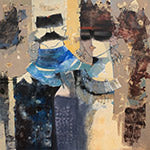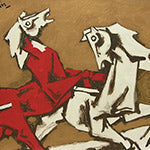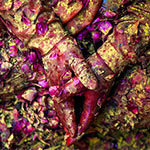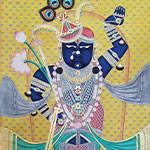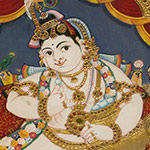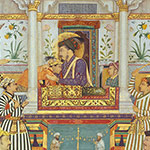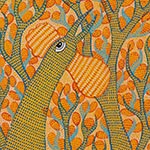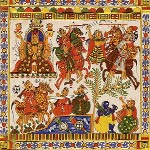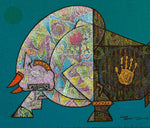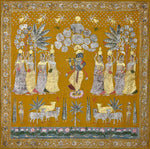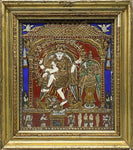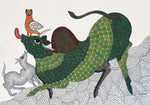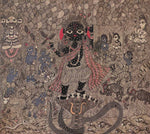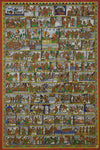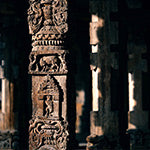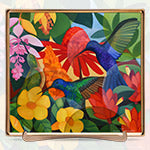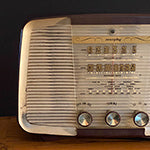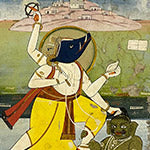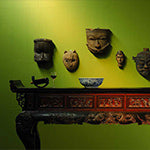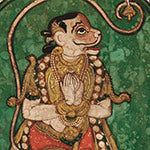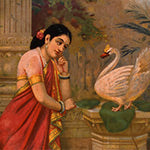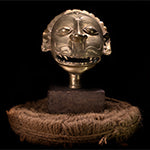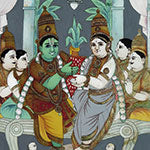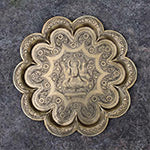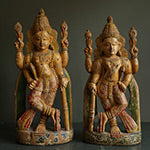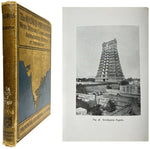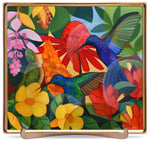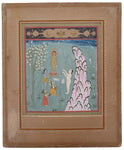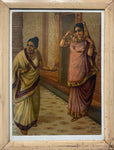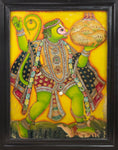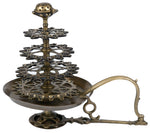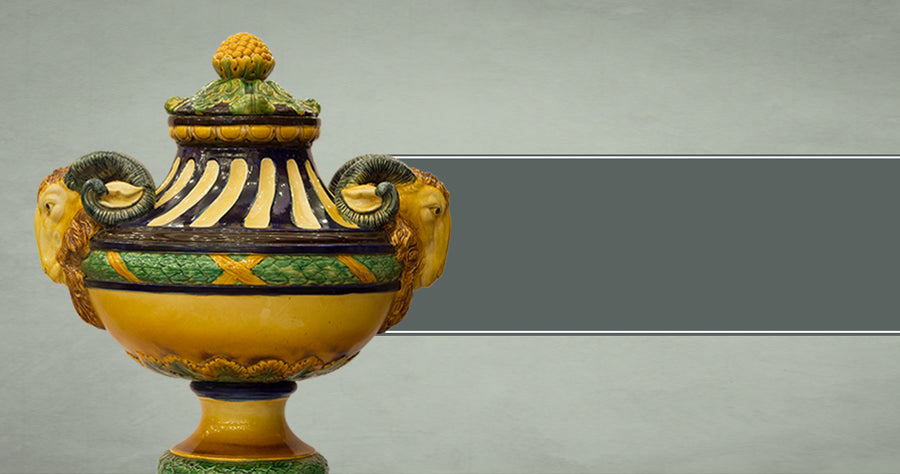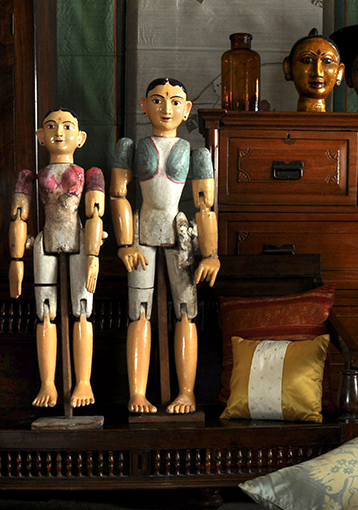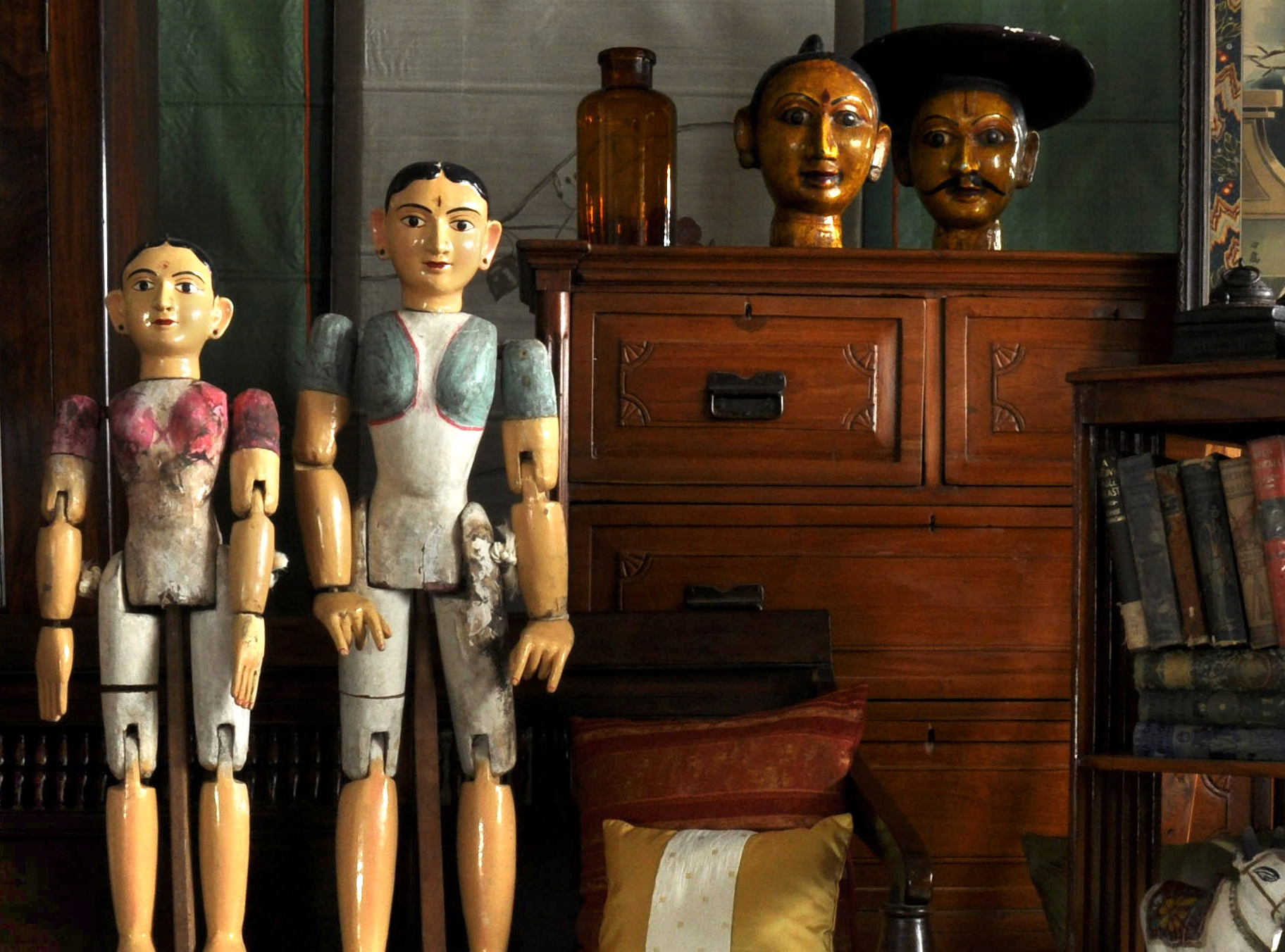The Starry Night is Vincent van Gogh’s Magnum Opus. What Drives its Everlasting Hype?
Art WiseBorn in the Netherlands in 1853, Vincent van Gogh is one of the most celebrated artists of the 19th century. His iconic painting, The Starry Night, an oil on canvas from 1889, is not only a landmark of post-impressionistic art, but also one of the most famous paintings in the world.
 The Starry Night, Vincent van Gogh, 1889
The Starry Night, Vincent van Gogh, 1889
A short and anguished career
Before becoming an artist, van Gogh pursued various careers - as an art dealer, teacher and a missionary. At the age of 27, in 1880, he finally began his artistic journey when he enrolled in classes at the Académie Royale des Beaux-Arts in Brussels. After only a decade of working as an artist, van Gogh’s career reached an untimely halt in 1890, due to his death by suicide at an early age of thirty-seven. The creative genius was diagnosed with mental illness and had periodic stretches of depression and incredibly concentrated artistic activity. Surprisingly, in the mere 10 years as an artist, Vincent van Gogh produced an extensive body of work - with around 900 paintings and 1100 drawings and sketches. As his brother Theo van Gogh died only six months after Vincent, his artworks were eventually inherited by his sister-in-law, Jo van Gogh-Bonger. In an attempt to reveal his intense passion for art to the world, Jo published the letters exchanged between Vincent van Gogh and his brother Theo, launching van Gogh into his roaring posthumous fame as a misunderstood genius.
 On the left is Vincent’s 1887 portrait of Theo van Gogh. On the right is Theo’s wife, Jo Van Gogh-Bonger with her son Vincent Willem at the studio of Raoul Saisset, Paris, 1890 (Source: artsy.net)
On the left is Vincent’s 1887 portrait of Theo van Gogh. On the right is Theo’s wife, Jo Van Gogh-Bonger with her son Vincent Willem at the studio of Raoul Saisset, Paris, 1890 (Source: artsy.net)
Brief history of The Starry Night
Mid-June in 1889, van Gogh painted The Starry Night as a reinterpretation of the view from his room’s window at Saint-Paul-de-Mausole asylum in Saint-Rémy, France. He was admitted to the countryside asylum for a year, as a consequence of his breakdown and self-amputation of his left ear. As van Gogh wasn’t allowed to paint in his room, The Starry Night was one of the several paintings created in a separate studio during the day, based on his night-time views from his room’s window. As The Starry Night was a recollection of the view from his memory, van Gogh seems to have painted the episode of his view and what it instinctively made him feel, rather than an isolated account of the landscape in the view. As it was an expression of his stimulation, it gave way for the surrounding elements of his cerebral atmosphere to enter the painting too. The village in the painting seems to be drawn from the memories of his native village in the Netherlands, as a panoramic village is not known to be visible from his window. The cypress tree dominating the foreground in the left seems to be closer than it should have been, while the moon seems to be stylized too, as astronomical records indicate that it was waning gibbous at the time van Gogh painted The Starry Night. Several such inconsistencies in van Gogh’s depiction of the view indicate that his loyalty lay in deciphering the emotional language of the view, rather than its original details.
 The men’s wing of Saint-Paul-de-Mausole, where van Gogh painted The Starry Night (Source: artandobject.com)
The men’s wing of Saint-Paul-de-Mausole, where van Gogh painted The Starry Night (Source: artandobject.com)
The stirring whirls in the sky seem to be a simultaneous expression of his turbulent mental state, as well as the exciting events of the night sky. Vincent van Gogh’s depiction of stars as yellow swirls instead of the white specks they are typically shown as, emphasizes the fact that the painting is a lucid account of van Gogh’s imagination.
In one of his letters to Theo, van Gogh mentioned that he found the night sky “much more alive and richly coloured than the day”. His genius lay in the use of colour and textures to invoke universal emotions. The potent bursts of yellow and white studded in the fierce waves of the night-blue sky, were a result of unleashing the paint directly from the tube onto the canvas, creating a dense impasto effect that supported the intense hues.
 The Starry Night, Vincent van Gogh, 1889
The Starry Night, Vincent van Gogh, 1889
 The drawing titled Cypresses in Starry Night, a reed pen copy executed by van Gogh after painting The Starry Night
The drawing titled Cypresses in Starry Night, a reed pen copy executed by van Gogh after painting The Starry Night
Tracking the events around the popularity of The Starry Night
In 1941, the Museum of Modern Art in New York acquired The Starry Night, where it has been housed since. Though van Gogh’s The Starry Night in its harmonious hues and captivating patterns was already acclaimed by art connoisseurs, it was not quite famous yet. One of the reasons for its whooping popularity today, is the Hubble space telescope’s image released by NASA in 2004, that revealed parallels between celestial currents observed in outer space and van Gogh’s patterns in the painting.
Astronomers said the Hubble image released on Thursday "bears remarkable similarities to the van Gogh work, complete with never-before-seen spirals of dust swirling across trillions of miles [kilometres] of interstellar space." - an excerpt from the CNN article titled “Hubble image said to echo van Gogh’s The Starry Night”, posted on Friday, March 5, 2004.
 Hubble image of the star "V838 Mon" and its light echo (Source: Wikimedia Commons)
Hubble image of the star "V838 Mon" and its light echo (Source: Wikimedia Commons)
The NASA image imitating van Gogh’s The Starry Night is of the telescope’s view of an expanding halo of light, known as light echo - around one of the most luminous stars in the entire Milky Way, V838 Mon. During a similar event in 2002, the otherwise faint star suddenly brightened, becoming 600,000 times more luminous than our Sun. Several research studies have been conducted since this event, where the eddy currents observed around the stars in our galaxy were comparable to the lines of agitations around van Gogh’s stars and planets in The Starry Night. His imaginative depiction of the celestial bodies reflected in the galactic events observed later on, grandly validating van Gogh’s unique perspective of the world expressed in The Starry Night.
 An incredible recreation of The Starry Night with Hubble images by Alex Harrison Parker (Source: alexharrisonparker.com)
An incredible recreation of The Starry Night with Hubble images by Alex Harrison Parker (Source: alexharrisonparker.com)


